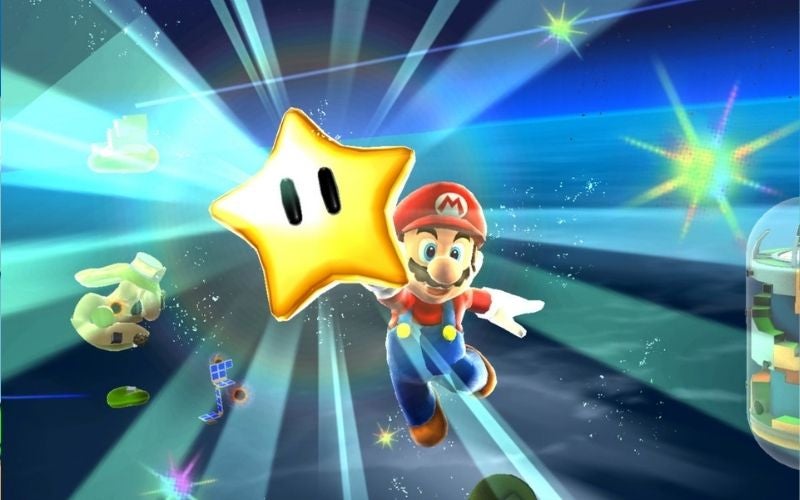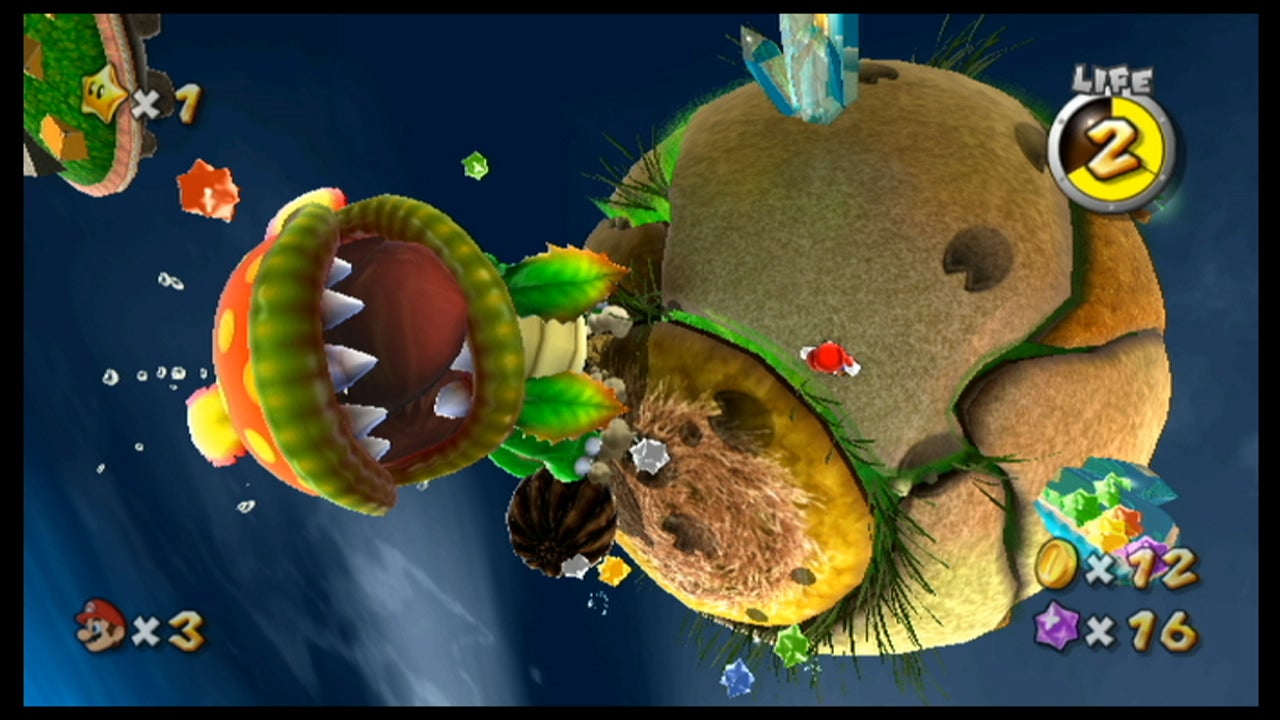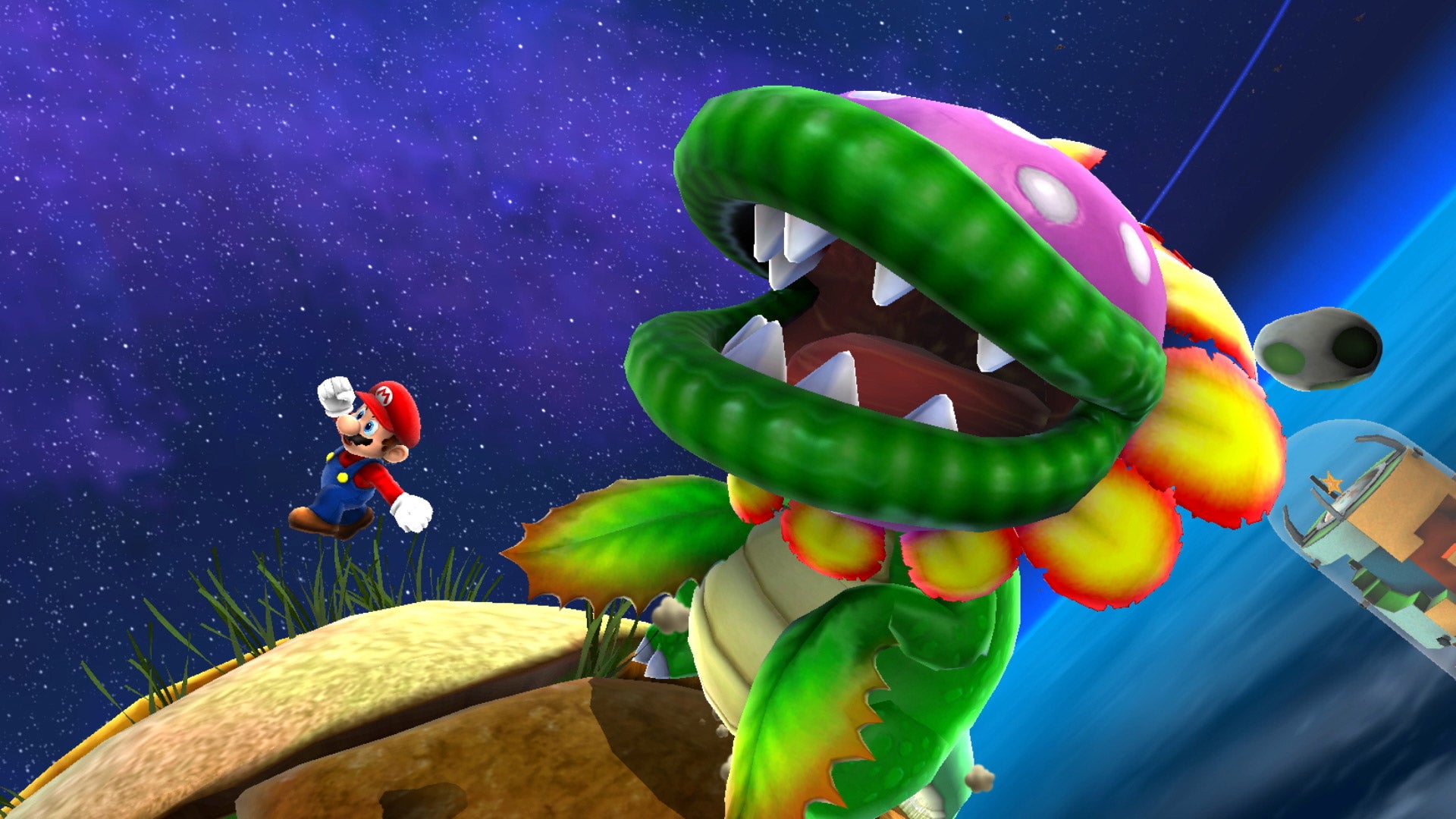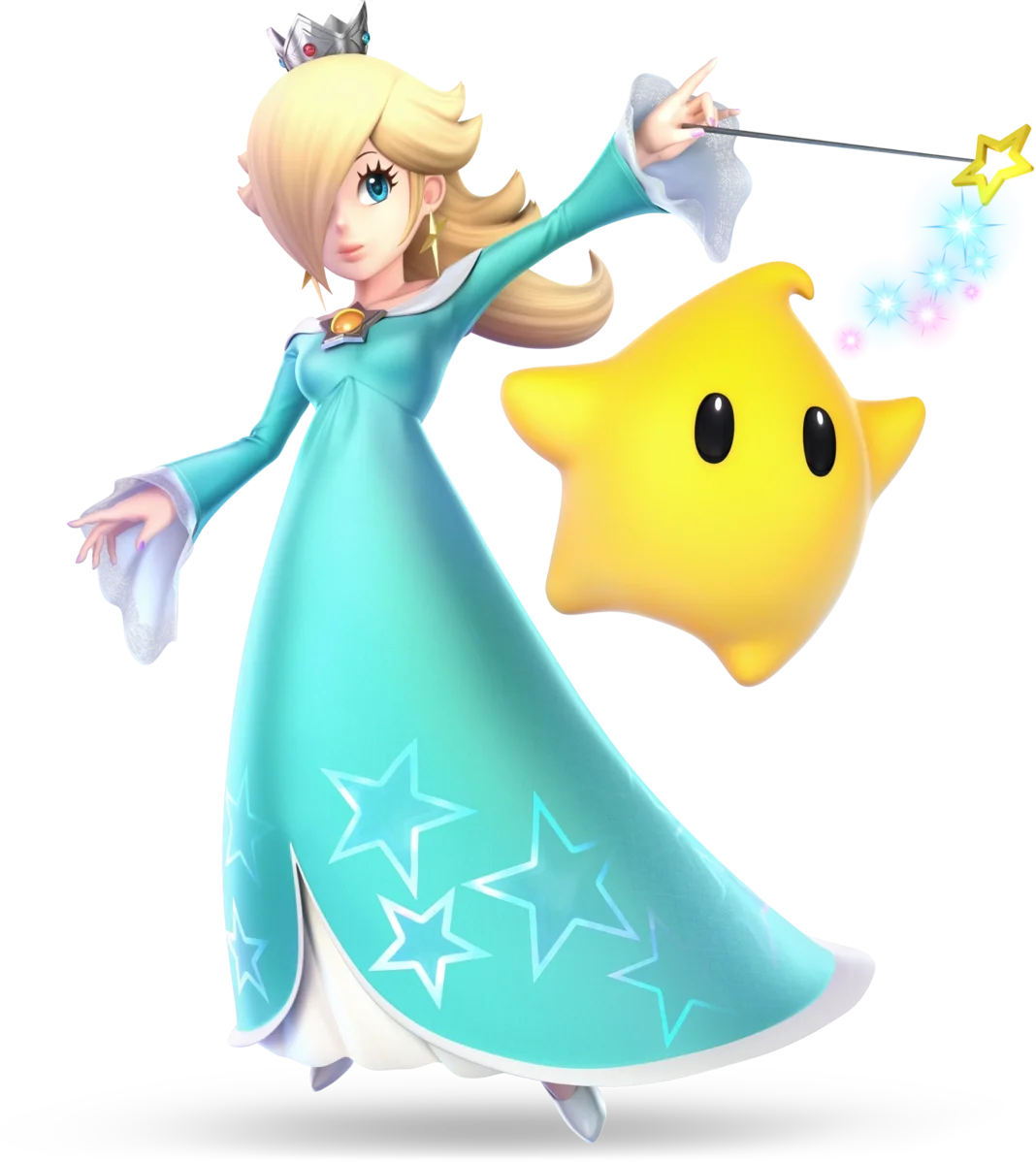[ad_1]
It’s a heady responsibility, to be labeled the sequel to Super Mario 64. I mean really, how do you properly follow the game that more or less invented the 3D platformer genre? Many considered 2002 super mario sun be just that by simple deductive reasoning. It was the second 3D Mario platformer in the series, so naturally that makes it a sequel to Super Mario 64, right? However, for many other Mario fans, while the quality of the game was undeniable, they found it a bit…safe. subdued.
Then in 2007 came super mario galaxy.
This new Mario adventure was much more than a walk through a magical castle or a tropical paradise. For the first time, the entire universe was Mario’s playground, and it was clear that Nintendo was going all out with its most ambitious Mario title to date. Even before release, gamers around the world were thrilled with how astronomically epic the next big thing in 3D Mario games looked, and upon release, it lived up to the hype. 15 years ago, on this very day, the true sequel to Super Mario 64 had finally arrived, reaching (and surpassing in many areas) the lofty heights of its predecessors.

Super Mario Galaxy wastes no time showing players how magical it is. The game begins with Mario merrily bounding down a starlit path as colorful, candy-like projectiles rain down around him, making his way to a familiar sight: Peach’s castle from Super Mario 64, looking more glorious than ever, illuminated against the backdrop. starry night background. . The game also wastes no time bringing up the conflict. Yep, it’s good old Bowser again, crashing into the Mushroom Kingdom Star Festival with a fleet of airships, and an unexpected addition: a freaking spaceship!
King Koopa confidently declares that this time he is taking his aspirations to intergalactic levels, and shows his intentions by ripping Peach’s castle from the ground with laser beams and launching with it into the vast depths of outer space. Fortunately, Mario has made it aboard the Shanghai Castle, but his attempts to rescue Peach are abruptly stopped by a blast from Magikoopa to the face that sends him hurtling into the unknown starry expanse.

Mario regains consciousness, only to find himself on a small grassy planetoid somewhere in space. The only way he can find out what happened to him is by chasing down and catching a trio of chubby star-like creatures called Lumas who take the form of space rabbits. It’s here that players slowly ease into the gravity-bending gameplay that characterizes the title. The journey takes him to one of Bowser’s mech bases, where puzzle-solving and Mario’s typical run-and-jump combat are masterfully combined as he pulls a power star from a giant force field.
If you’ve played the previous two 3D Mario titles, you’ll grasp the controls quickly, if not instantly. Using the Wii Remote in the game feels very intuitive, like a natural extension of Mario’s abilities. And that’s not a surprise for Nintendo and a game with its eternally popular mascot, right?
A simple flick of the controller will cause Mario to perform a spin that can take out enemies or launch him from the appropriately named ‘launch stars’, which send him soaring through the sky and space in spectacular style. Occasionally the motion controls can be used in more bizarre situations, like balancing on a ball or riding a giant stingray, but thankfully these sections are few and far between and don’t really detract from the polished normal platformer.
The game’s story unfolds in typical Mario style, but with a cosmic twist: Mario must explore the cosmos, gathering enough power stars to power a spaceship piloted by the enigmatic Princess Rosalina in order to find Princess Peach and stomp on the plans. Bowser’s for universal domination.

While the aforementioned Super Mario Sunshine played pretty safe with its level tropes, the full game features variations of tropical locations, Galaxy revels in its variety. Of the game’s 42 levels, known here as “galaxies” (a term the game uses rather loosely and would make an astronomer foam at the mouth), many are standard Mario tropes. You’ve got your grasslands, deserts, volcanoes, and the like, but designed in such a way that they take advantage of the new gravity-based gameplay, giving them a fresh feel that’s unique to the Galaxy aesthetic.
Where the game’s creativity really shines is in its offbeat levels, particularly those set against the glorious backdrop of space. Bumbling through the stars while soft piano music plays in the background is an ethereal experience unlike any other platform game you’ve ever played. Sadly, the powers that be decided to tone down many of the original game’s “spatial” elements for the sequel, replacing them with blue skies that gave Super Mario Galaxy 2 a more grounded feel. This decision resulted in Super Mario Galaxy having a unique and otherworldly atmosphere that we will probably never see again, at least to the same extent, in a Mario game.

Another area of the game highly praised by fans but criticized by Mario creator Shigeru Miyamoto was the backstory of Rosalina, the princess of the Lumas who helps Mario on his quest. Game director Yoshiaki Koizumi gave the character a tragic backstory that could be unraveled in a series of storybooks accessible from the hub world. Supposedly, Miyamoto was so against the idea of adding story elements to certain games that Koizumi often had to sneak under their noses.. Needless to say, any elements of a deeper story were excluded from the sequel — another aspect of the original Galaxy that makes it unique among Mario games.
And how did I get this far in the article without discussing the majesty of the Super Mario Galaxy soundtrack? Actually, a writer could probably write an entire gushing article about it, but musical notes speak louder than words. (Seriously, check out the Youtube video embedded below before reading any further. I’ll wait.)
Befitting a game of this magnitude, Nintendo opted to bring in a full 40-piece orchestra to perform several of its tracks, which was a rarity for Nintendo games, and many video games in general, at the time. From the hauntingly beautiful Space Junk Galaxy to the overwhelming grandeur of the now-iconic Gusty Garden Galaxy, don’t be surprised if you find a tear or two rolling down your cheeks as you listen. Very few platform game soundtracks, apart from, say, Donkey Kong Country or Celeste, are capable of moving me for their musical quality alone, but Galaxy’s is definitely one of them.
The Super Mario video game franchise is one of the few in industry history where someone can throw out phrases like “special,” “timeless,” or “masterpiece” and you have to ask them which game they mean. Super Mario Galaxy is definitely among them, if not at the top of the list.
All of Galaxy’s elements – its pitch-perfect platforming, its masterful anti-gravity gameplay, its hauntingly beautiful atmosphere, and its orchestral-inspired soundtrack – came together in a way that, in my opinion, hasn’t been matched by any Mario game before or since. after. Like the special comet that passes through the skies of the Mushroom Kingdom every 100 years, Super Mario Galaxy was a once-in-a-lifetime experience, a star that shines as brightly today as it did 15 years ago.
[ad_2]